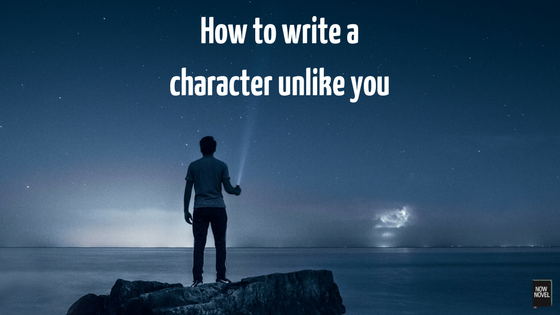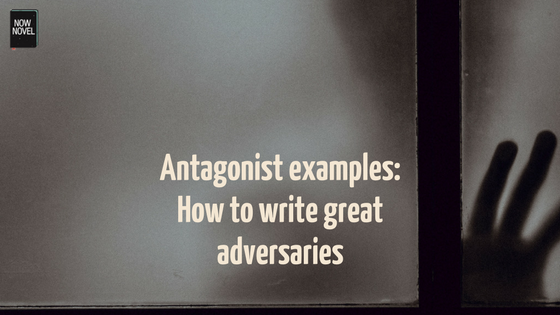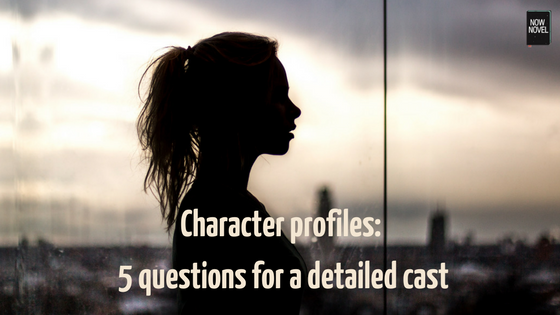Believable character motivations drive all of literature’s most famous characters. Characters, like real people, have desires, wants and needs. They have motivations they’re aware of and ones they aren’t. These all impact the choices they make. Here are 7 tips for creating character motivation:









